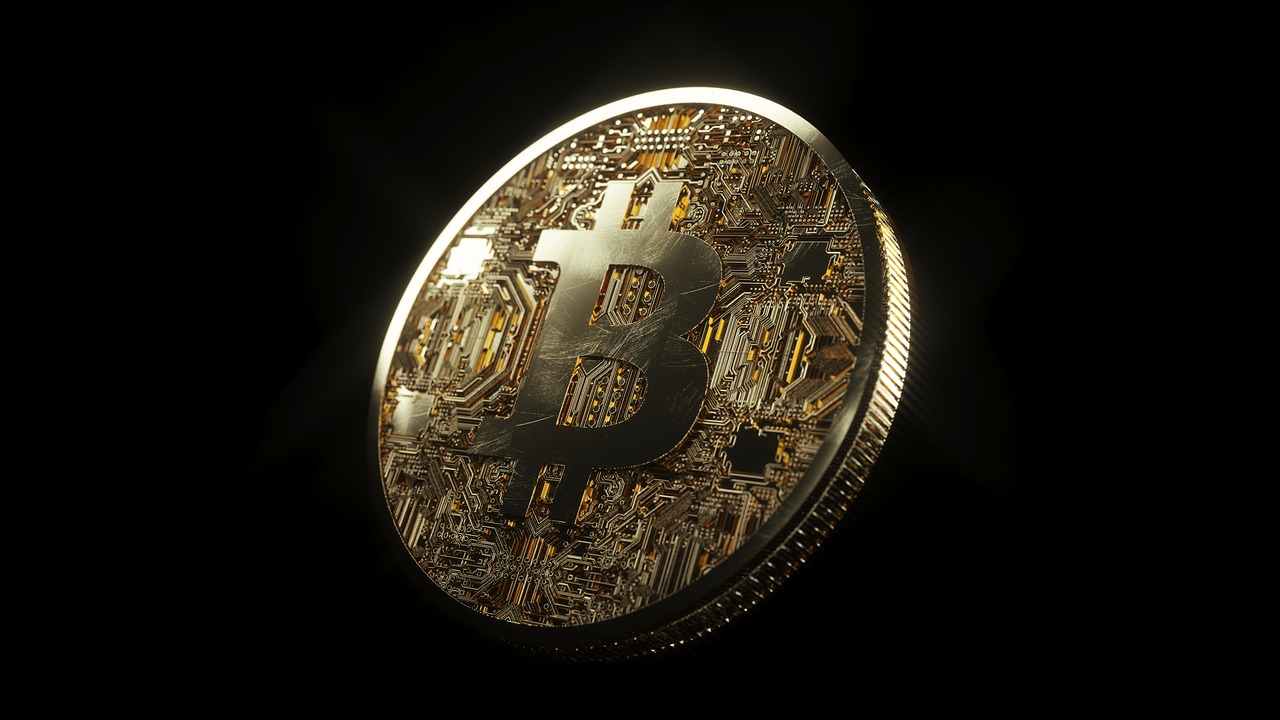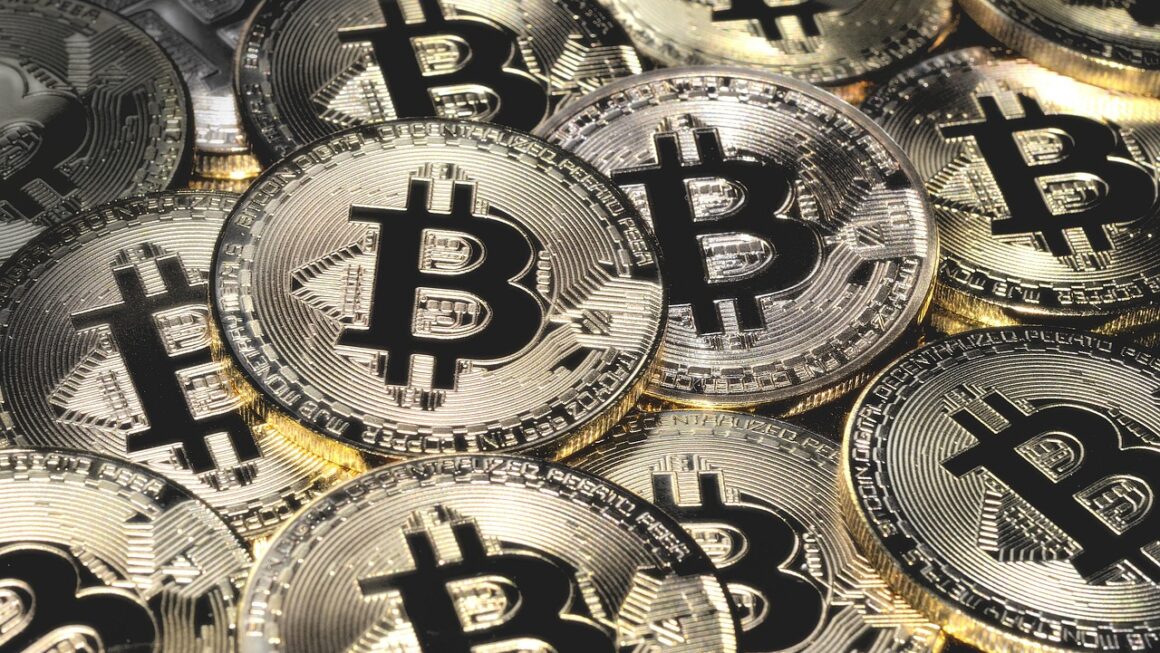Decentralized applications, or dApps, are revolutionizing the way we interact with technology. Unlike traditional applications that rely on a central server, dApps operate on a peer-to-peer network, often leveraging blockchain technology. This fundamental shift brings about greater transparency, security, and user control. This blog post explores the world of decentralized applications, delving into their architecture, benefits, development, and future potential.
Understanding Decentralized Applications (dApps)
What are Decentralized Applications?
A decentralized application (dApp) is a software application that runs on a distributed, peer-to-peer network rather than a single, centralized server. The most common platform for dApps is a blockchain, which provides a secure and transparent ledger for recording transactions. This decentralized nature offers several advantages, including increased security, transparency, and user control.
For more details, see Investopedia on Cryptocurrency.
Key Characteristics of dApps
- Open Source: The code is publicly available, allowing anyone to inspect, modify, and contribute to the application. This promotes transparency and community involvement.
- Decentralized: Data and logic are distributed across a network, making the application resistant to censorship and single points of failure.
- Cryptographic Security: Utilizes cryptographic techniques to secure data and transactions, ensuring integrity and preventing unauthorized access.
- Tokenized Ecosystem: Often involves the use of cryptocurrencies or tokens for incentivizing participation and facilitating transactions within the application. For example, a user might earn tokens for contributing content to a decentralized social media platform.
How dApps Differ from Traditional Applications
Traditional applications operate on a client-server model, where a central server manages data and logic. This creates vulnerabilities, such as single points of failure and potential for data manipulation. DApps, on the other hand, distribute these functions across a network, enhancing security and resilience. Imagine a bank website (traditional application) being hacked versus a decentralized finance (DeFi) application being attacked. The DeFi application is inherently more resilient because its data is distributed across numerous nodes.
Benefits of Using Decentralized Applications
Enhanced Security
The decentralized nature of dApps makes them inherently more secure than traditional applications. With no central point of failure, it is extremely difficult for malicious actors to compromise the entire system. Even if one node is attacked, the rest of the network remains operational and the data is still available.
- Immutability: Data recorded on a blockchain is immutable, meaning it cannot be altered or deleted. This provides a tamper-proof record of transactions and events.
- Resistance to Censorship: No single entity can control or censor dApps, making them ideal for applications that require freedom of expression and access to information.
- Reduced Risk of Data Breaches: Decentralized data storage minimizes the risk of large-scale data breaches, as there is no central repository to target.
Increased Transparency
All transactions and data interactions within a dApp are recorded on a public ledger, providing full transparency. This allows users to verify the integrity of the system and ensure that no fraudulent activities are taking place. For example, in a supply chain dApp, every step of the product’s journey, from manufacturing to delivery, can be tracked and verified by all stakeholders.
- Auditable Transactions: Anyone can view the transaction history of a dApp, promoting accountability and trust.
- Open Source Code: The open-source nature of dApps allows anyone to inspect the code and verify its functionality, ensuring that it operates as intended.
- Improved Data Integrity: The immutability of the blockchain ensures that data cannot be tampered with, providing a reliable source of information.
Greater User Control
DApps empower users by giving them control over their data and assets. Users can interact with dApps directly, without intermediaries, and retain ownership of their digital identities. Think about owning cryptocurrency wallets – you have sole control over your private keys and assets, unlike a traditional bank account.
- Self-Custody: Users can manage their own digital assets through decentralized wallets, eliminating the need for third-party custodians.
- Data Ownership: Users control their data and can decide who has access to it. This is a key differentiator from traditional social media platforms where user data is often a commodity.
- Direct Interaction: DApps enable direct interaction between users, fostering a more collaborative and participatory environment.
Developing Decentralized Applications
Blockchain Platforms for dApps
Several blockchain platforms support the development of dApps, each with its own unique features and capabilities. Choosing the right platform depends on the specific requirements of the application.
- Ethereum: The most popular platform for dApp development, offering a robust smart contract ecosystem and a large developer community. Solidity is the primary language used for Ethereum smart contracts.
- Binance Smart Chain (BSC): A blockchain that offers faster transaction speeds and lower fees than Ethereum, making it suitable for applications that require high throughput. BSC is EVM compatible meaning that code from Ethereum can be easily ported to it.
- Solana: A high-performance blockchain that can handle a large number of transactions per second, making it ideal for applications that require scalability. Solana utilizes the Rust programming language.
- Cardano: A blockchain that focuses on security and scalability, offering a platform for building decentralized applications with a strong emphasis on formal verification.
Smart Contracts: The Building Blocks of dApps
Smart contracts are self-executing agreements written in code that run on a blockchain. They automate the execution of agreements when predefined conditions are met. They are the core logic behind any dApp.
- Functionality: Smart contracts define the rules and logic of a dApp, enabling automated transactions and interactions.
- Immutability: Once deployed, smart contracts cannot be altered, ensuring that they execute consistently and predictably.
- Transparency: The code of smart contracts is publicly available, allowing anyone to verify its functionality.
- Example: A smart contract could automatically release funds from an escrow account when certain milestones are met in a project, eliminating the need for a third-party intermediary.
Tools and Technologies for dApp Development
Developing dApps requires a combination of programming skills and familiarity with blockchain technologies. Several tools and frameworks can help simplify the development process.
- Truffle: A development environment, testing framework, and asset pipeline for blockchain projects.
- Remix IDE: An online integrated development environment for writing, compiling, and deploying Solidity smart contracts.
- Web3.js and Ethers.js: JavaScript libraries that allow developers to interact with the Ethereum blockchain from their web applications.
- Infura: A hosted Ethereum node infrastructure that provides developers with access to the blockchain without having to run their own nodes.
Examples of Decentralized Applications
Decentralized Finance (DeFi)
DeFi applications aim to replicate traditional financial services, such as lending, borrowing, and trading, in a decentralized manner. Examples include:
- Decentralized Exchanges (DEXs): Platforms that allow users to trade cryptocurrencies directly with each other, without the need for a central intermediary. Examples include Uniswap and SushiSwap.
- Lending and Borrowing Platforms: Platforms that enable users to lend and borrow cryptocurrencies, earning interest or paying interest on their loans. Examples include Aave and Compound.
- Stablecoins: Cryptocurrencies pegged to a stable asset, such as the US dollar, providing a stable store of value in the decentralized ecosystem. Examples include USDT and DAI.
Decentralized Social Media
Decentralized social media platforms offer users greater control over their data and content, and resist censorship and data harvesting practices. Examples include:
- Steemit: A blockchain-based social media platform that rewards users for creating and curating content.
- Minds: A social network that prioritizes privacy and free speech, allowing users to control their data and earn tokens for their contributions.
- Mastodon: A decentralized social network that allows users to create and join independent servers, giving them greater control over their online experience.
Decentralized Gaming
Decentralized gaming applications allow players to own their in-game assets and participate in decentralized economies. Examples include:
- Axie Infinity: A blockchain-based game where players can collect, breed, and battle digital creatures called Axies, earning cryptocurrencies in the process.
- Decentraland: A virtual world where users can buy, sell, and build on virtual land, creating and monetizing their own experiences.
- The Sandbox: A user-generated content platform where creators can build, own, and monetize their gaming experiences using blockchain technology.
Conclusion
Decentralized applications represent a paradigm shift in how software is developed and used. By leveraging blockchain technology, dApps offer enhanced security, transparency, and user control, addressing many of the limitations of traditional applications. While still in its early stages, the dApp ecosystem is rapidly evolving, with new applications and use cases emerging all the time. As blockchain technology matures and becomes more accessible, we can expect to see dApps playing an increasingly important role in our digital lives.
Read our previous article: Beyond Automation: Digital Transformations Human Heart




